Whether you’re an aspiring chef or just getting started learning to cook at home, there are endless common mistakes that most people make in the kitchen. Going from using the wrong oil to not resting meat, this article uncovers the most rampant of them to avoid to improve your cooking skills.
Overusing Water in Vegetable Cooking

There’s a fine line between steaming and boiling vegetables, and it all comes down to the amount of water used. Typically, only a splash of water and a lid are needed to steam veggies, but too much water can cause your vegetables to boil, which can suck out a lot of the nutrients in the water. Research the proper water ratios for different vegetables, depending on whether you want to steam or boil them.
Not Preheating the Pan Adequately
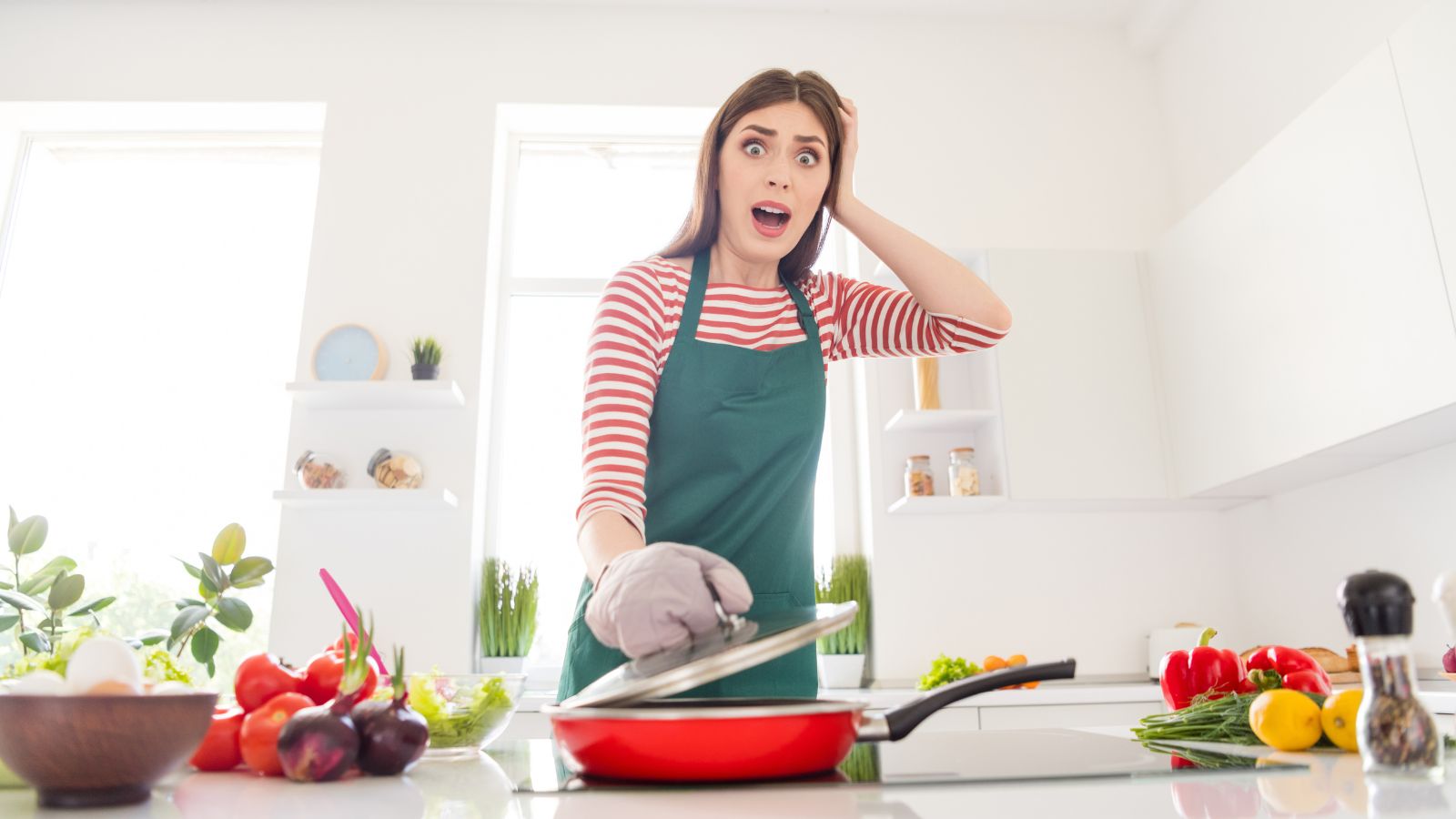
It’s very important to have a hot pan for searing and sautéing. Not preheating the pan can cause issues with food sticking and uneven cooking. How do you know a pan is at the right temperature? For a stainless steel pan, “Add a teaspoonful of water. The pan is hot enough when the water drops form a blob and glide around the surface,” according to The Skillful Cook.
Lack of Ingredient Variety

Cooking with the same ingredients over and over can cause you to get into a rut. Instead of sticking to ingredients you’re familiar with, try to explore diverse, seasonal, and cultural ingredients. Not only will experimenting with new ingredients in cooking provide you with tasty new dishes, but you’ll also become a better cook.
Mismanaging Butter
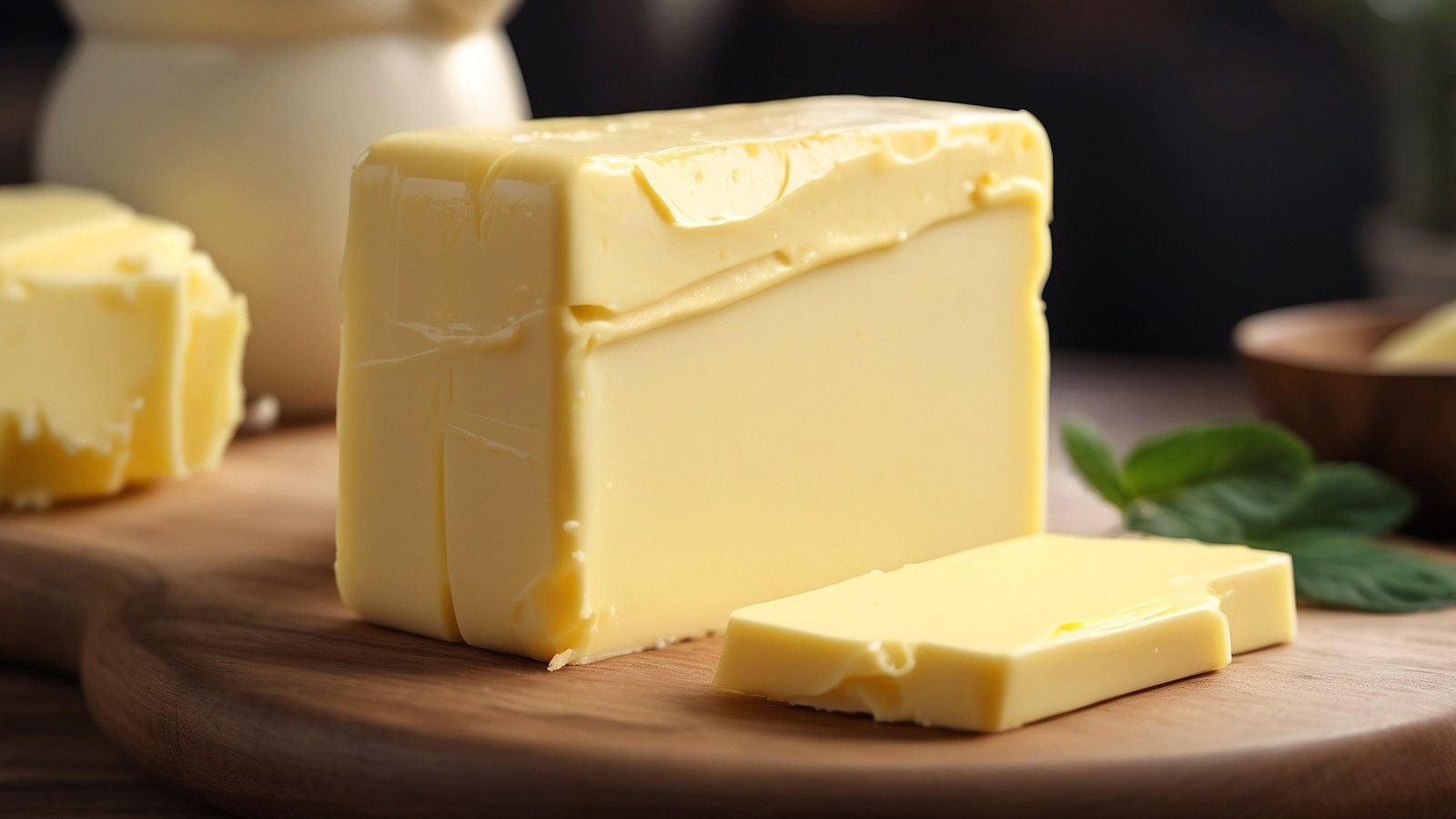
Butter can be a tricky ingredient to work with. Straight out of the fridge, it may be too hard for what you need it for. Left out too long, and it can also cause problems. Baking, for example, often calls for room-temperature butter. Melted butter can completely ruin the outcome of a cake or cookie. Be sure to carefully manage your butter and follow recipe instructions for optimal results.
Inappropriate Oil Choices
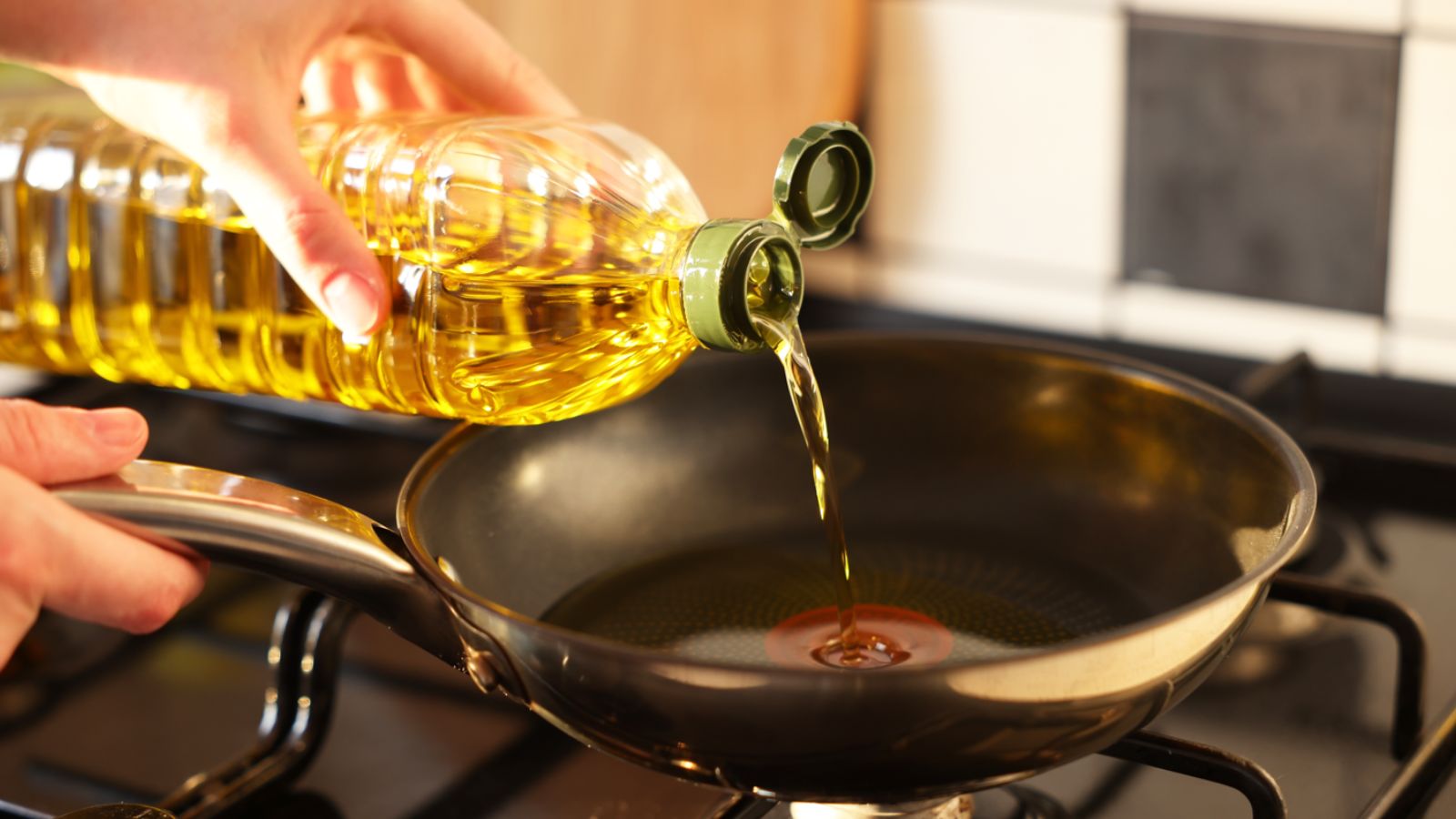
Different recipes call for different types of oil. As shared by Cooktop Cove, “Selecting the wrong oil for a specific cooking method can lead to unfavorable outcomes, such as burnt dishes or an undesirable flavor.” For instance, you wouldn’t deep fry with olive oil, nor would you use coconut oil in a savory dish that might clash with other flavors. You need to research and consider the smoke points and flavors of different oils.
Not Using a Timer
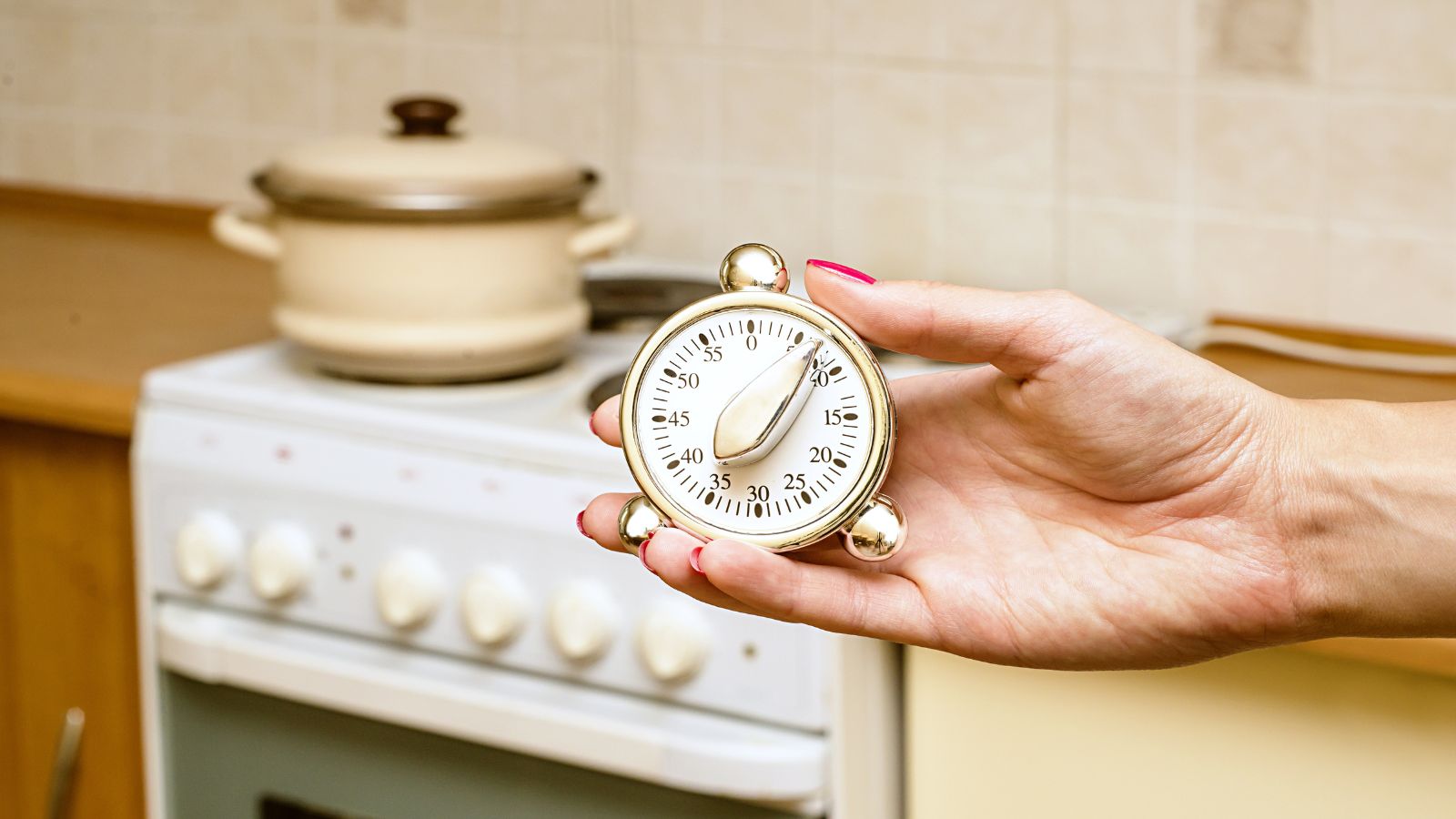
You may be tempted to just wing it when it comes to cooking. This can work out at times, but it can also end in disaster if you get distracted. Timing is everything in cooking if you want to achieve optimal results, helping you to avoid overcooking or undercooking your food. We strongly recommend using a timer, or even multiple timers, for more complex dishes.
Overcrowding the Pan
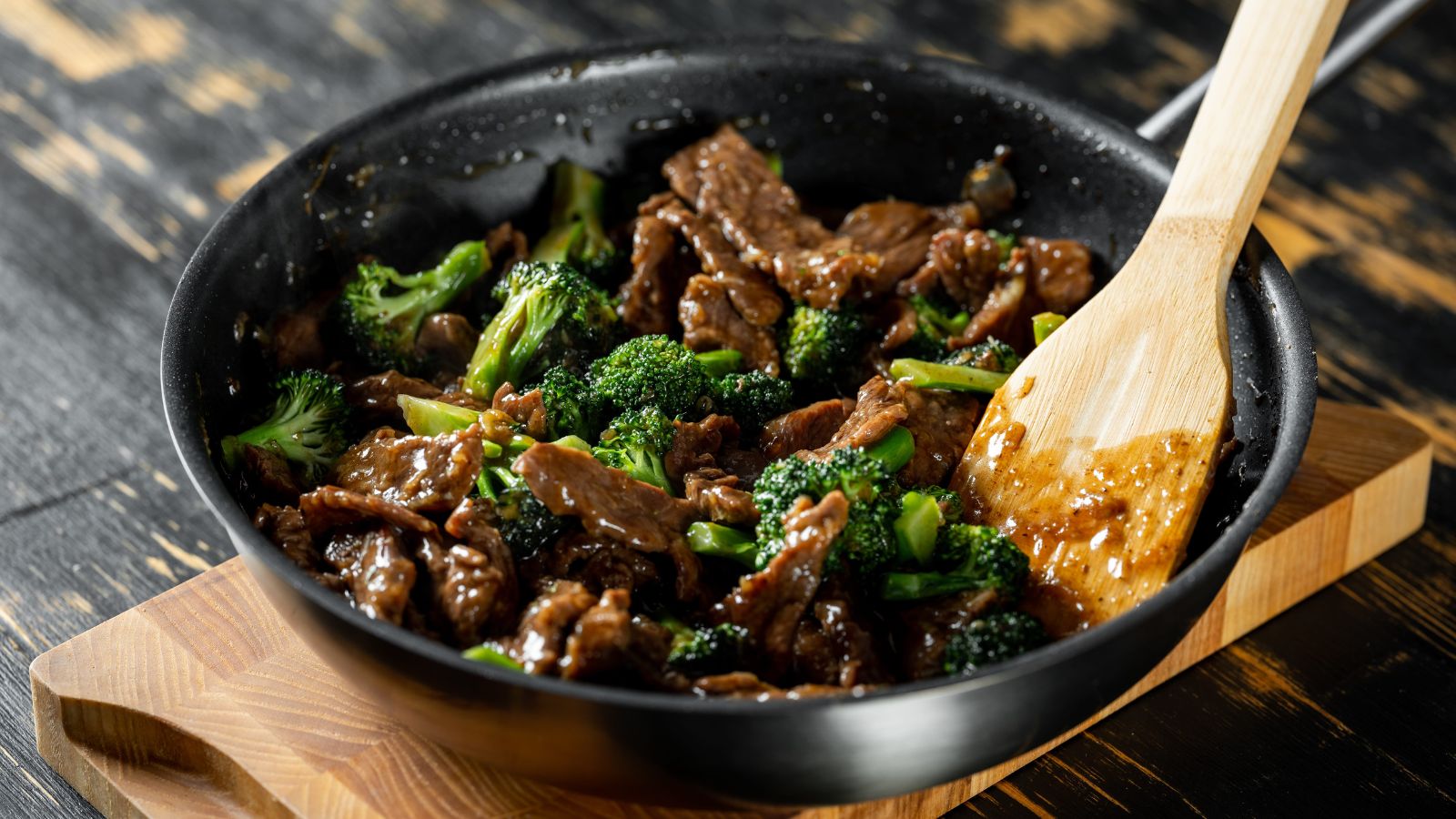
As shared by Cooking Clarified, “Adding any amount of food to a pan—whether mushrooms or chicken—lowers the temperature in the pan. If you overcrowd your pan, the more food added, the lower the temperature falls.” This can have an impact on food texture and cooking quality and can leave you with undercooked or overcooked food. It’s best to cook in batches or use appropriate pan sizes.
Using Dull Knives
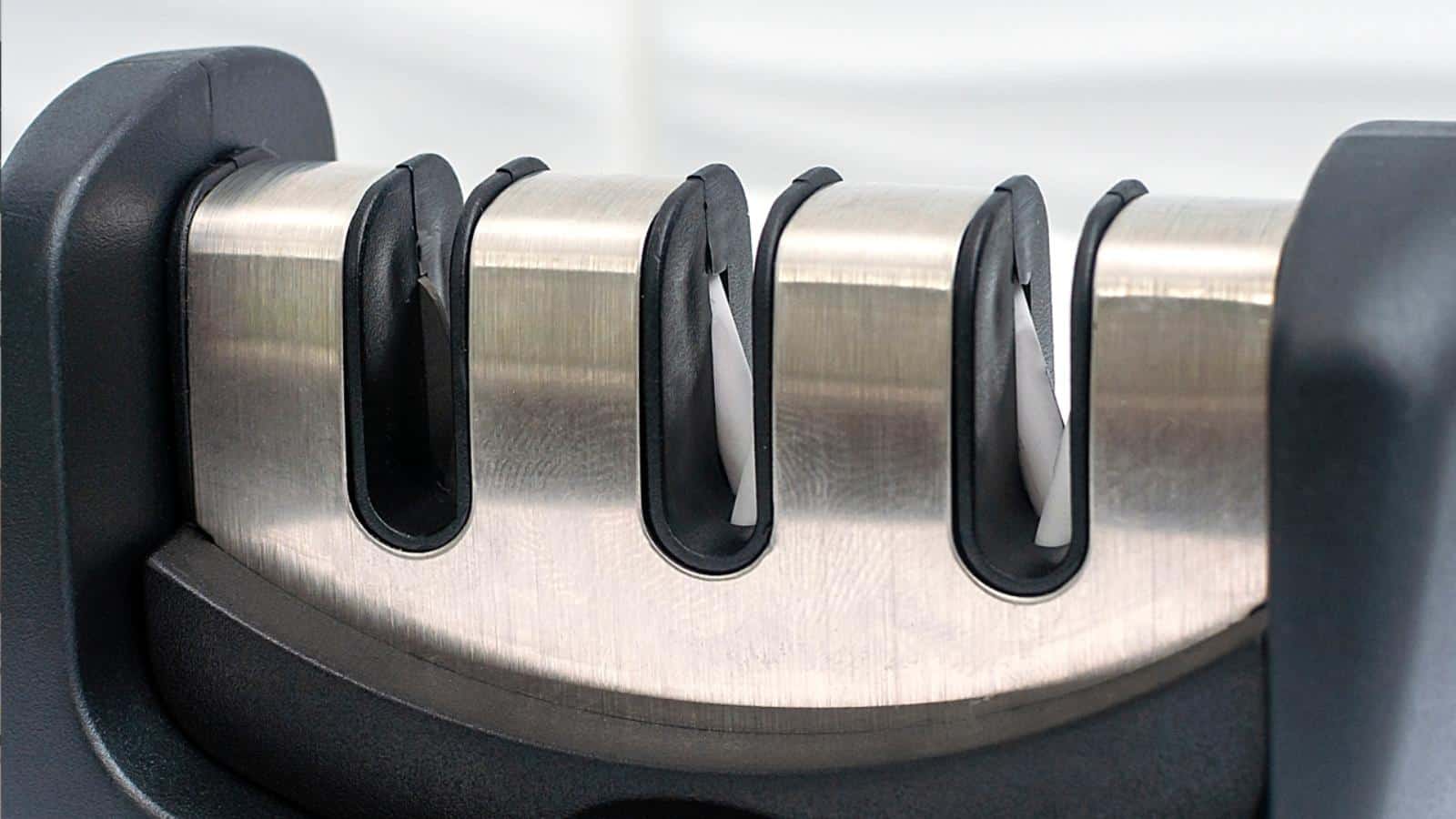
Sharp knives are necessary for precision when cutting and for safety purposes. However, over time, knives can get dull. It’s a good idea to keep up with regular knife maintenance and sharpening, or to replace your knives when they’re getting dull. You’d be surprised at the difference a well-maintained knife can make.
Overcooked Pasta
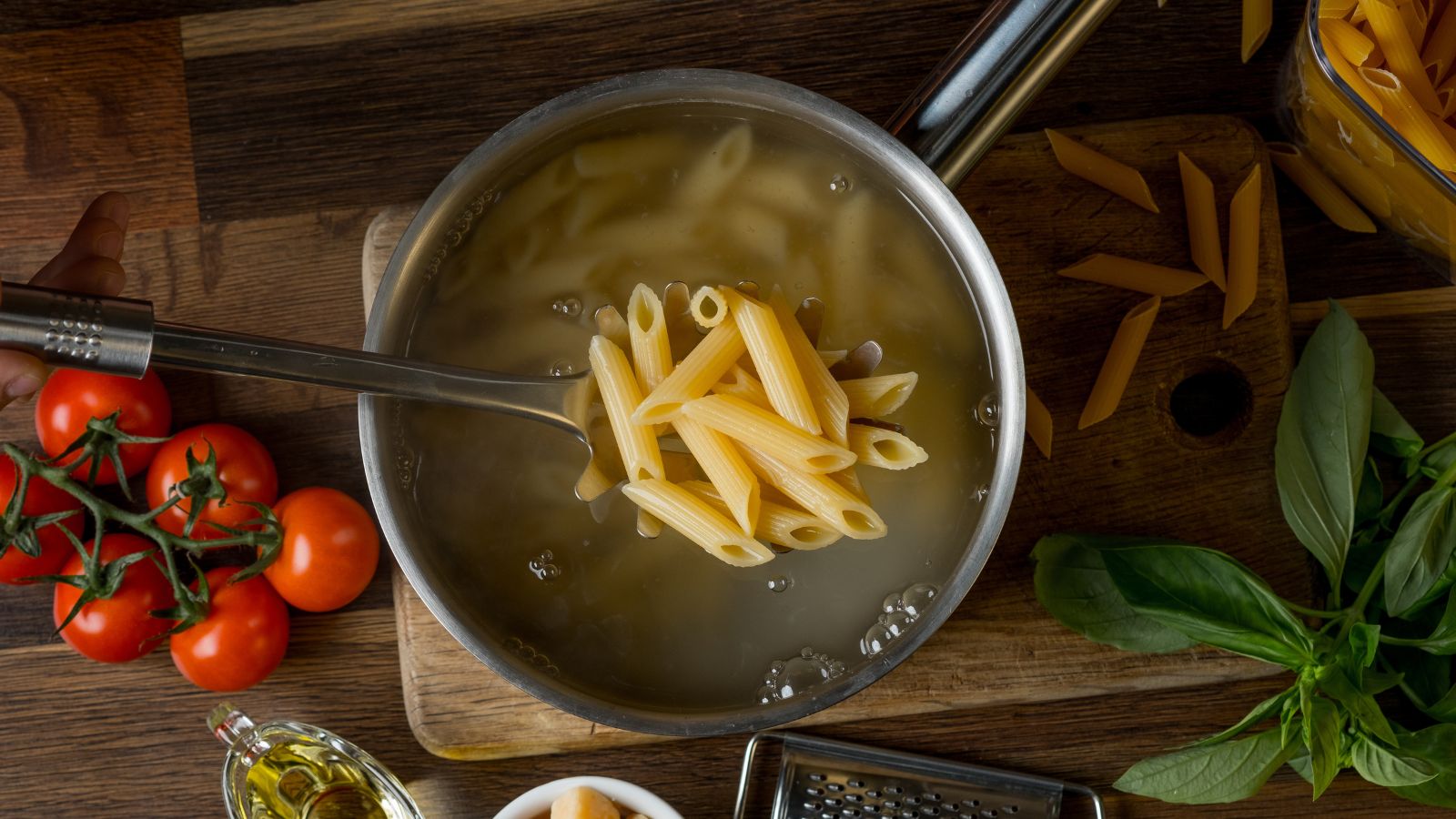
It’s not uncommon for people to overcook pasta, especially if they’re new to cooking and unsure about timing. It’s always best to set a timer and follow packet instructions, but if you have wound up with overcooked pasta, Daily Meal suggests running it under cold water to stop the cooking process, then sautéing it in a little oil or butter to crispen it up slightly.
Undercooked Pasta
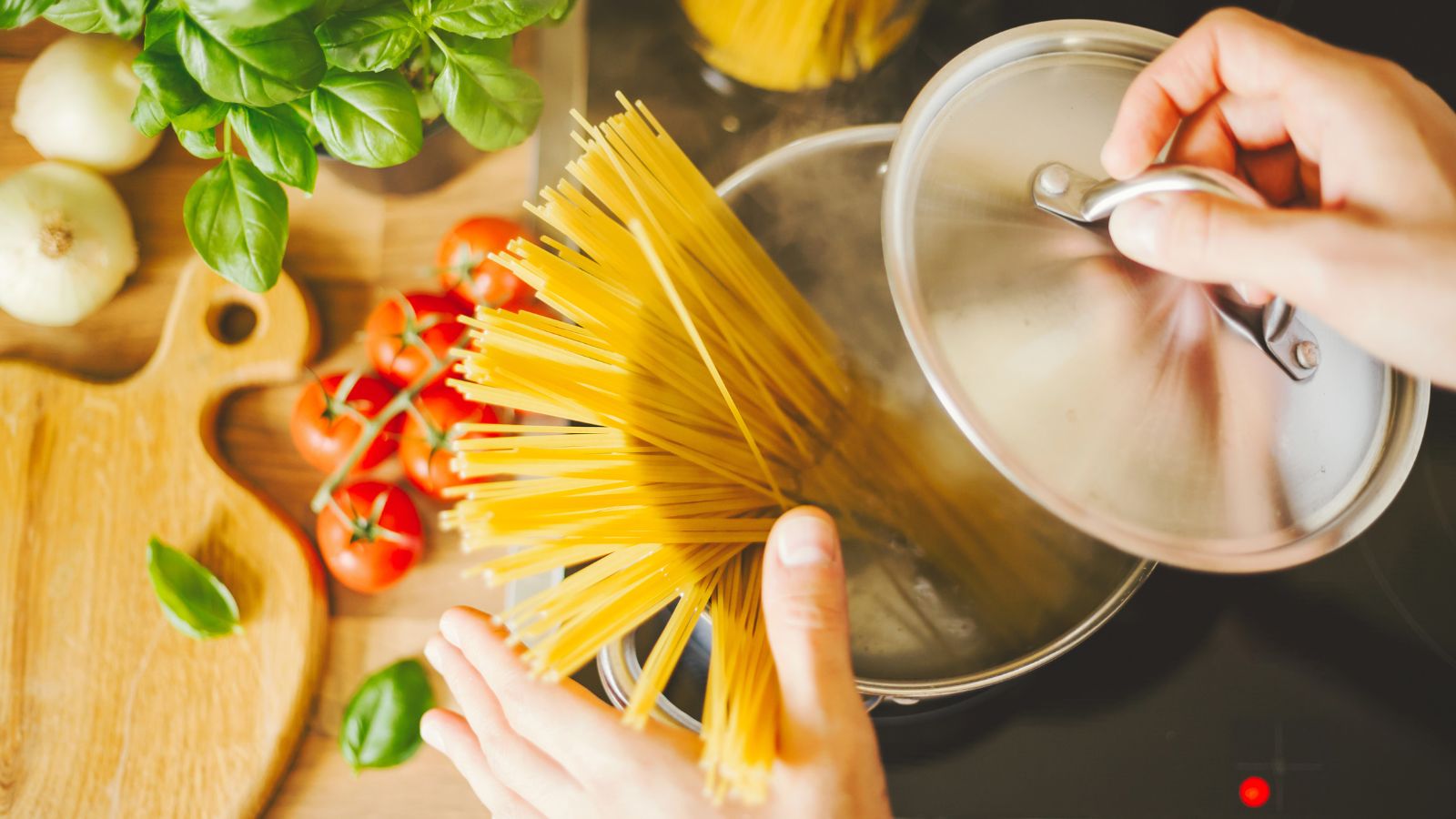
On the contrary, many people undercook their pasta, dishing it up only to find it crunchy and hard when they go to eat it. Thankfully, you can always fix undercooked pasta. If you haven’t yet added a sauce, simply throw the pasta back into boiling water for a couple more minutes. If you have added a sauce, keep it simmering on low heat for a few more minutes until it softens up.
Lumpy Sauce or Gravy

Nobody likes a lumpy sauce, but unfortunately, this happens all too often—typically caused by lumps of flour. Thankfully, there are several techniques to smooth out lumpy sauces, such as continuous whisking and utilizing strainers and blenders for texture correction.
Not Resting Meat Post-Cooking

Food & Wine says, “As meat cooks, the juices and moisture inside begin to rise to the surface…. By letting the meat rest, you give the muscle fibers time to relax and allow the juices to redistribute throughout the cut.” Letting your meat rest also helps it retain flavor and can have a positive impact on its texture. Plus, you won’t wind up with juices leaking all over your plate and ruining the presentation.
Serving Food Directly From Cooking Vessels
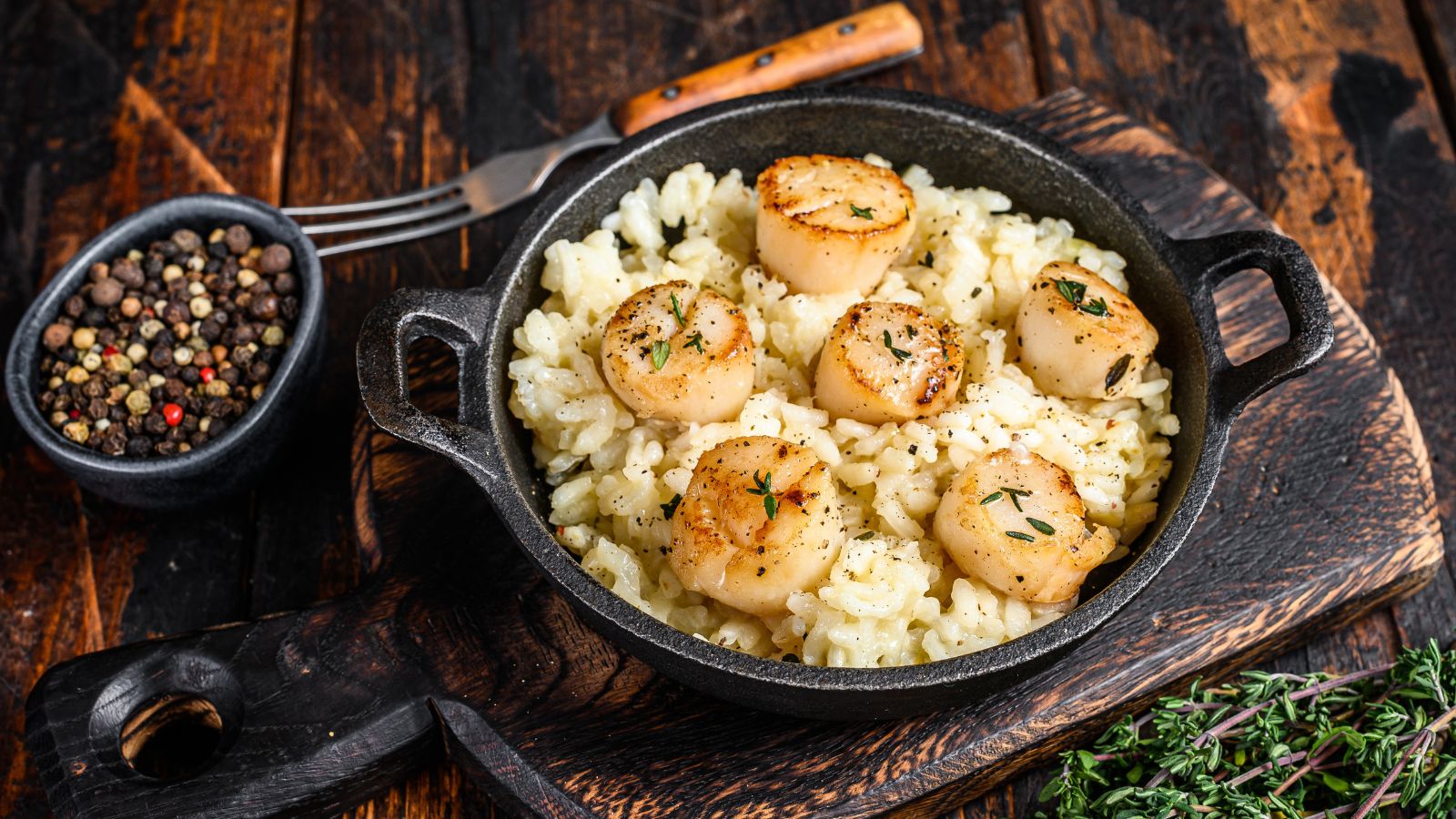
This isn’t the end of the world, especially if you’re just serving up a quick meal for yourself or your family at home. If you want the presentation of your dish to be perfect, however, try to avoid serving certain things straight from the pan or pot. Fried foods, for example, will expel extra oil onto your plate if served directly, and certain meats can leak juices if not rested.
Overcooked Roast

It can be easy to overcook a roast, either by cooking it at too high a temperature or by leaving it in the oven for too long. To avoid this, set timers and regularly check on the meat’s progress throughout cooking. If you have wound up with an overcooked roast, however, you can try to incorporate sauces or shred it up instead.
Undercooked Roast
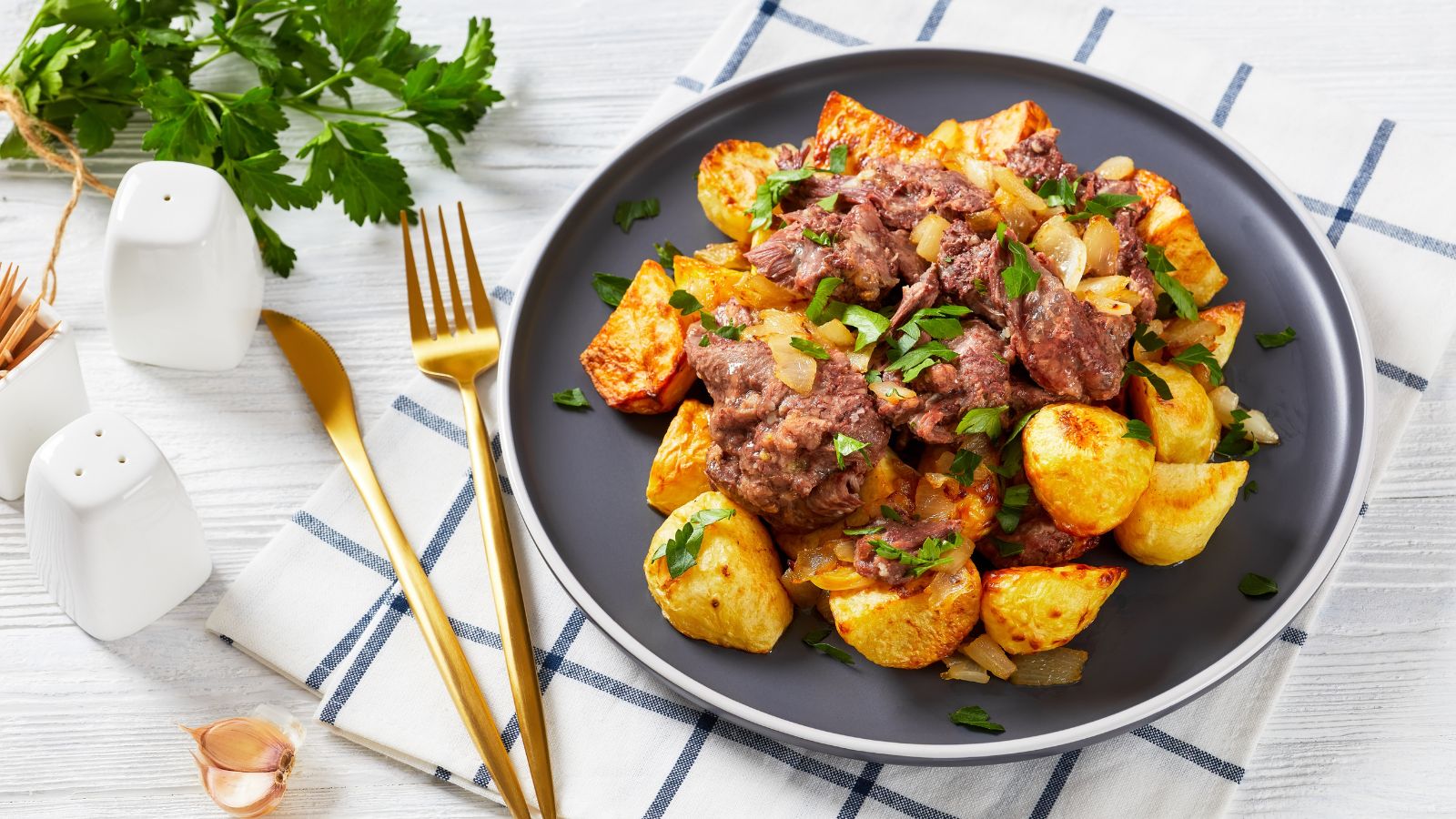
Dealing with an undercooked roast is far easier. While you may leave people waiting, you can always pop it back in the oven for longer. Roasts are forgiving, so carving them up before re-roasting can speed up the process. Remember, meat continues to cook after removal from the oven, so a slightly undercooked roast may reach the perfect doneness while resting.
Soggy Fried Food
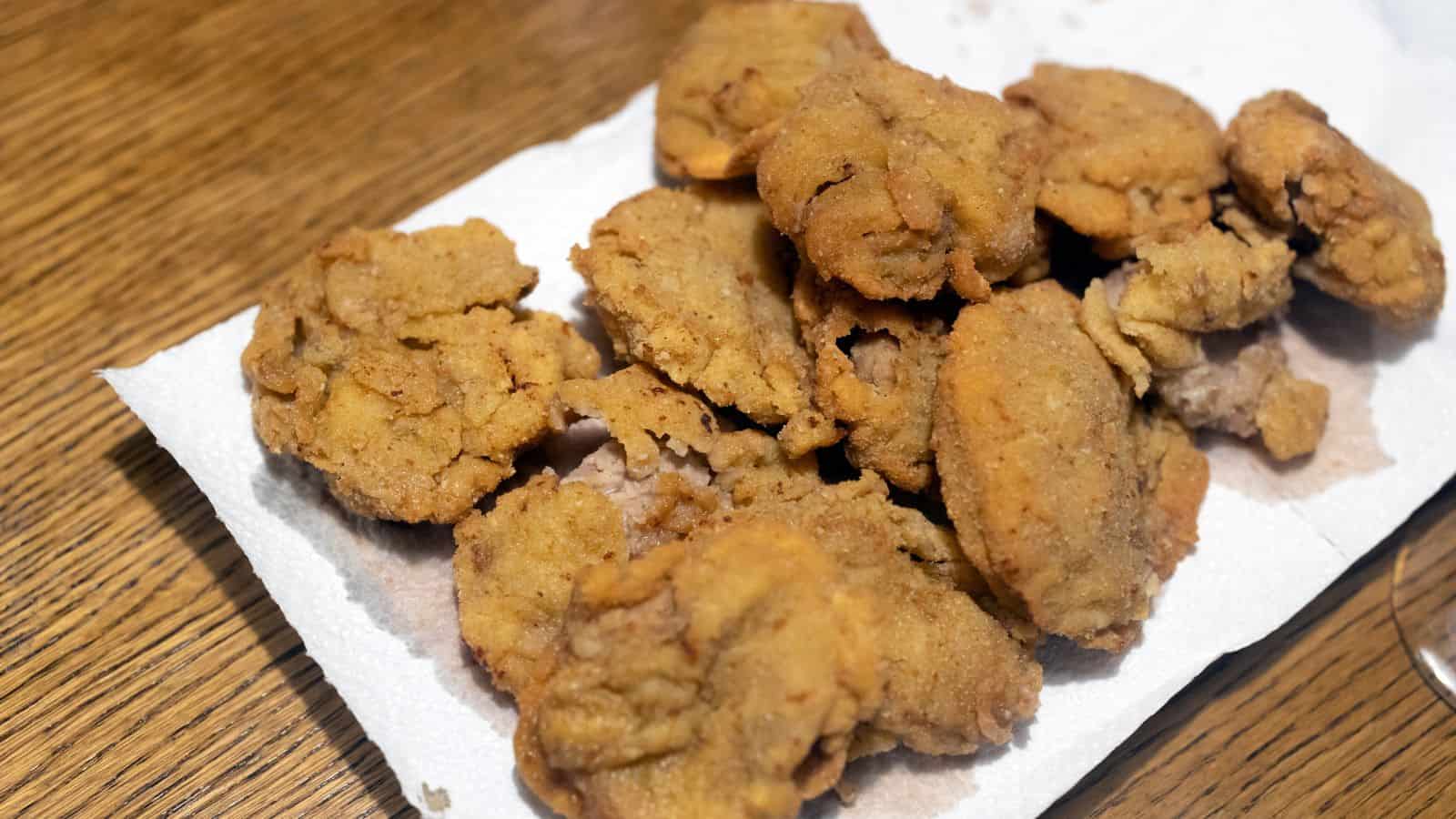
As shared by the Tasting Table, “When things turn out soggy, that usually means the oil temperature was too low.” Your oil needs to be very hot before you attempt to fry any food in it; otherwise, your food will just sit in warm oil, absorbing the liquid. Trying to fry large batches at the same time can also lower the oil’s temperature and cause the same result.
Incorrect Cheese and Sauce Layering on Pasta
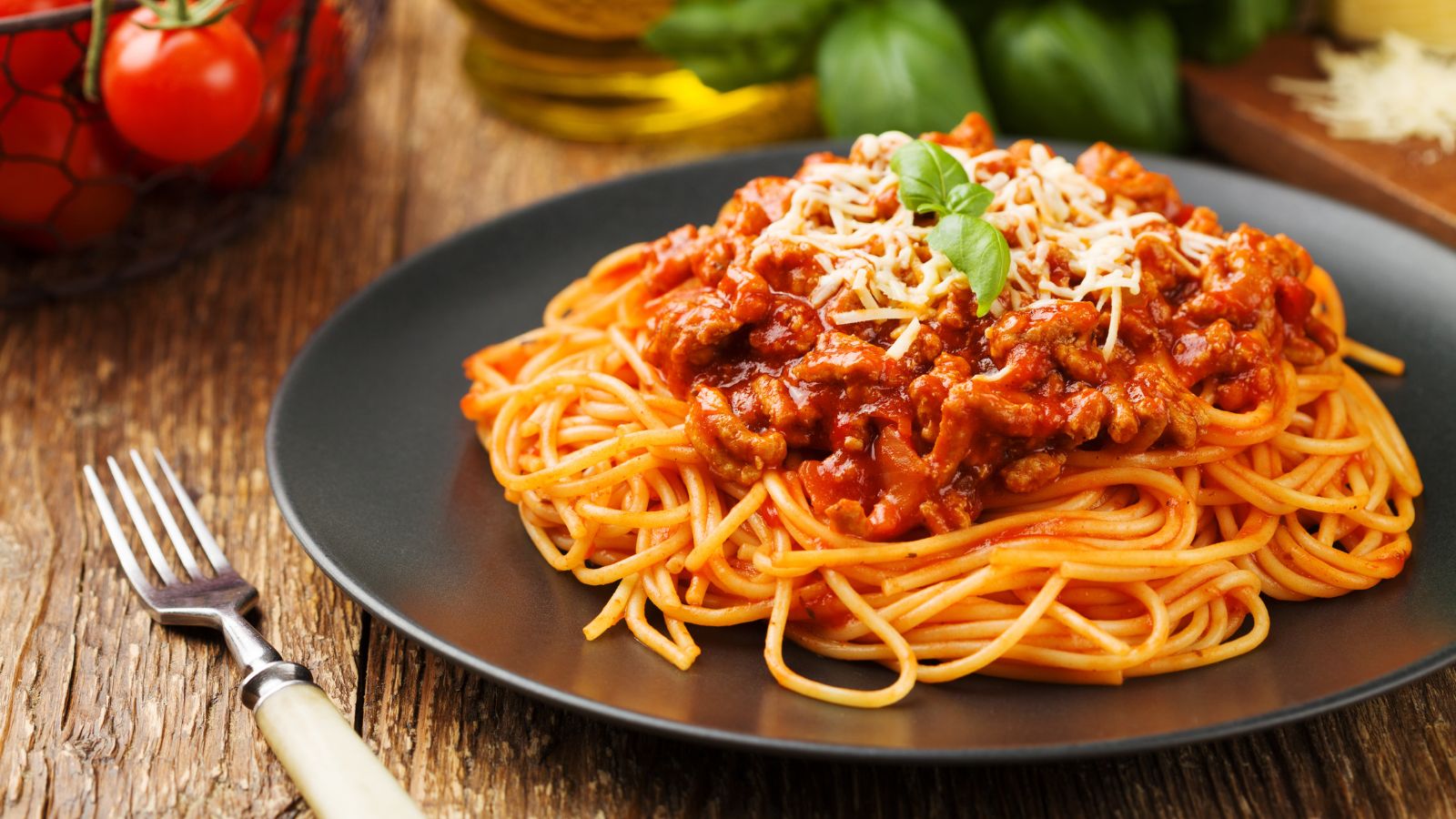
You may not have considered this, but adding cheese to spaghetti requires a particular order for optimal texture. Stir cheese into the pasta first for a creamy consistency, then top with sauce. This method prevents clumping, ensuring a smooth, delicious blend of flavors in every bite.
Limited Seasoning With Only Salt and Pepper
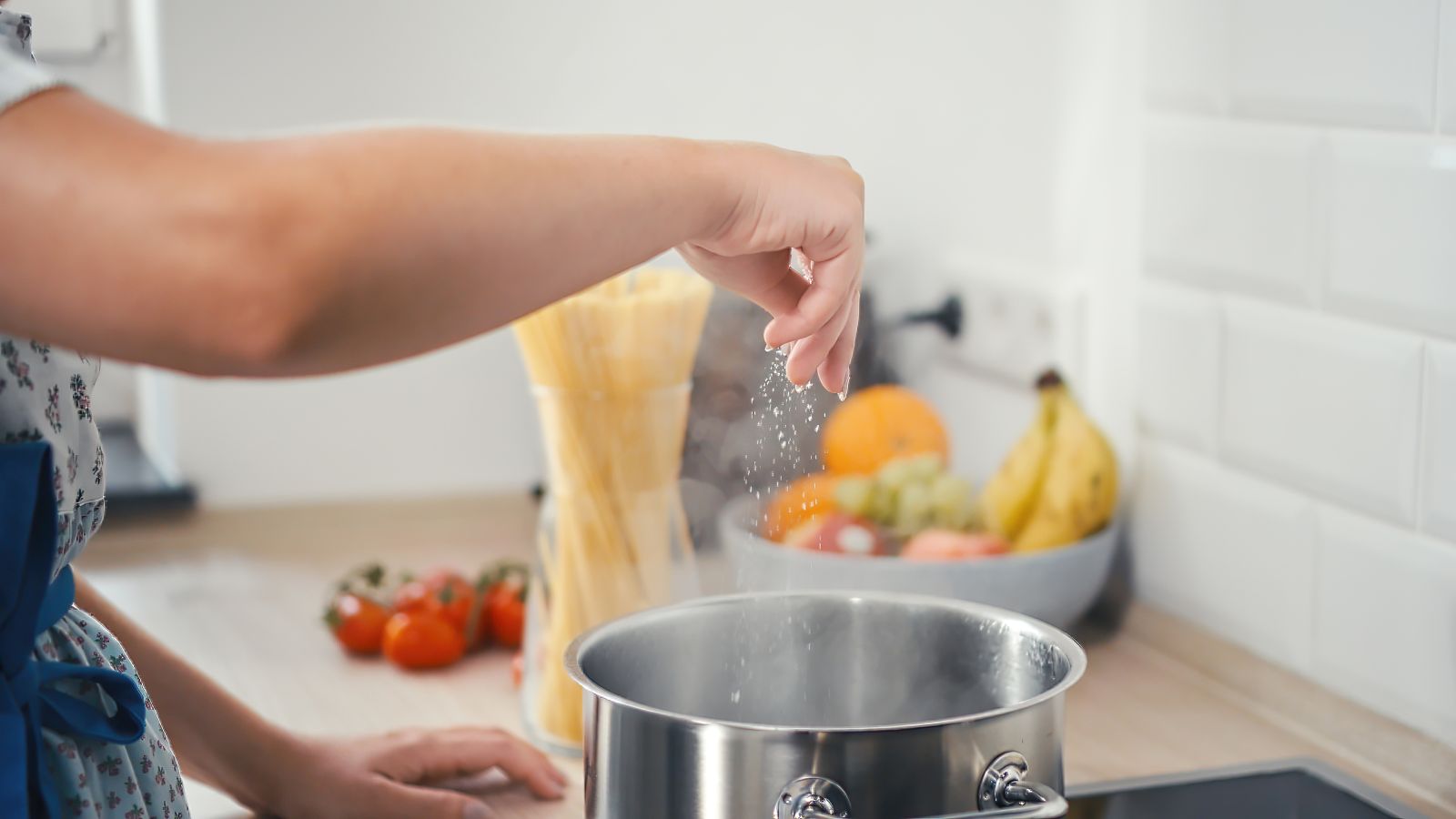
When you first start out cooking, you may not have the confidence to season your food with anything but salt and pepper. Of course, these two seasonings are usually absolute essentials, but in order to enhance the flavor profiles of your meals, you truly need varied seasonings. Experiment with diverse herbs and spices and see how your cooking improves by leaps and bounds!

